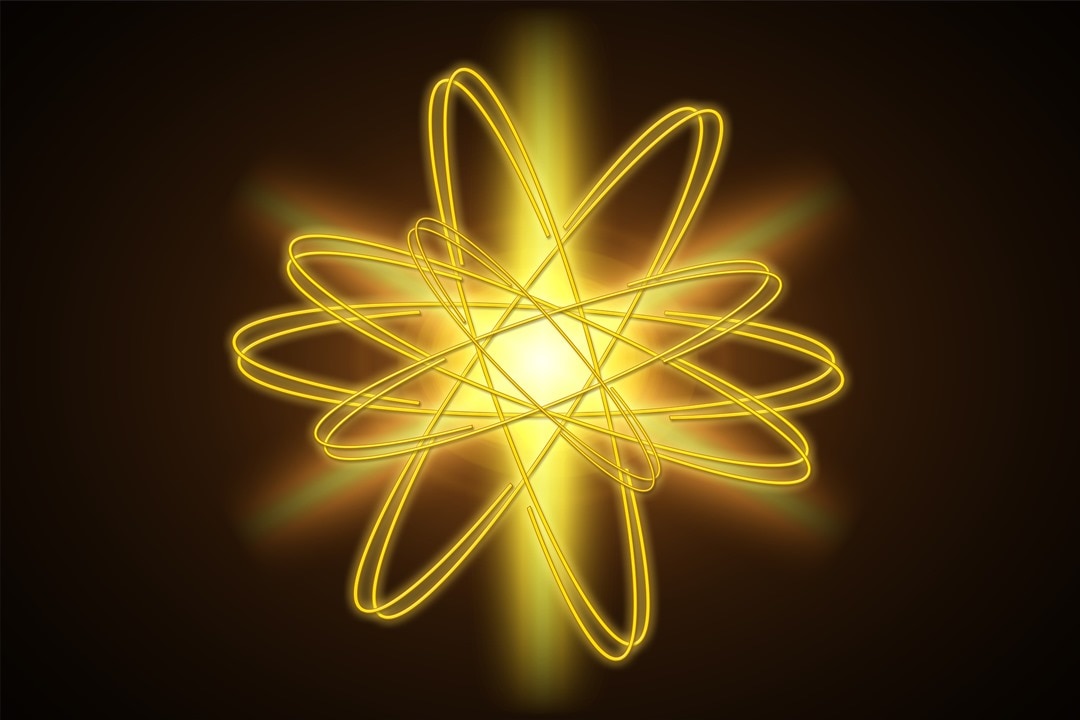
Harvard University researchers simulated 44 million atoms using AI and a supercomputer. (Image Credit: geralt/pixabay)
Today’s simulations require a huge amount of computational power to demonstrate how atoms interact, behave, and evolve. However, this also means they’re limited to tiny molecules. Some methods can simulate larger numbers of atoms, but they require approximations and need to be more accurate for extracting the molecules’ features. Harvard University researchers have recently developed Allegro, a tool that works with AI to simulate systems featuring tens of millions of atoms.
The team used Perlmutter, the 8th most powerful supercomputer, to simulate 44 million atoms in an HIV protein shell. They also simulated well-known biological molecules, including cellulose, a widespread tobacco plant virus, and a blood protein called Factor XI. The researchers say that it can accurately simulate anything made out of atoms at a large scale. Additionally, this system can help investigate semiconductors, batteries, and catalysis.
The team used a neural network to simulate the huge amount of particles. It calculated the interactions between atoms that looked symmetrical from all angles. Even then, this just works as a demonstration to simulate biological molecules for large systems versus a boost for researchers since biochemists have accurate tools that operate faster. So this could serve as a useful tool for materials rich in atoms that undergo shocks and extreme forces over short periods.
Have a story tip? Message me at: http://twitter.com/Cabe_Atwell
